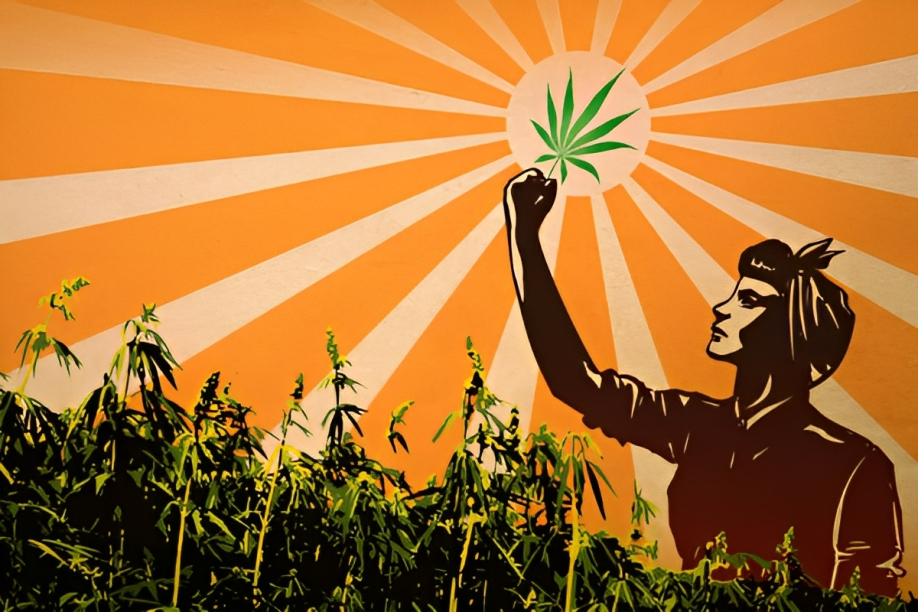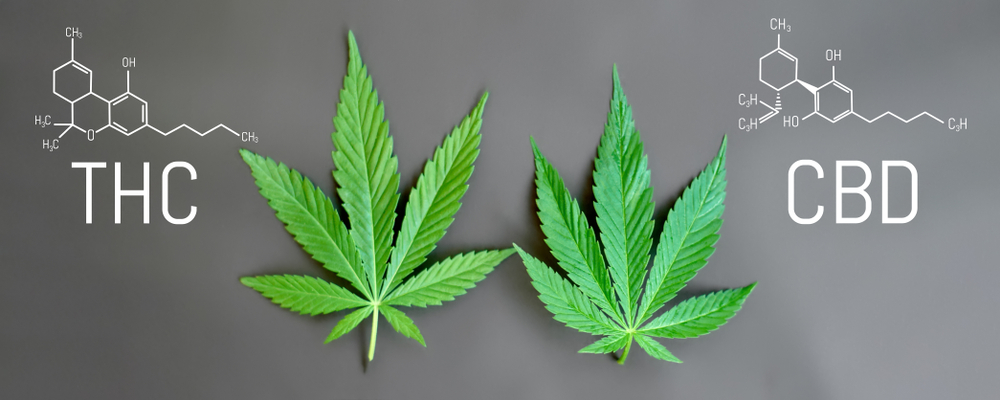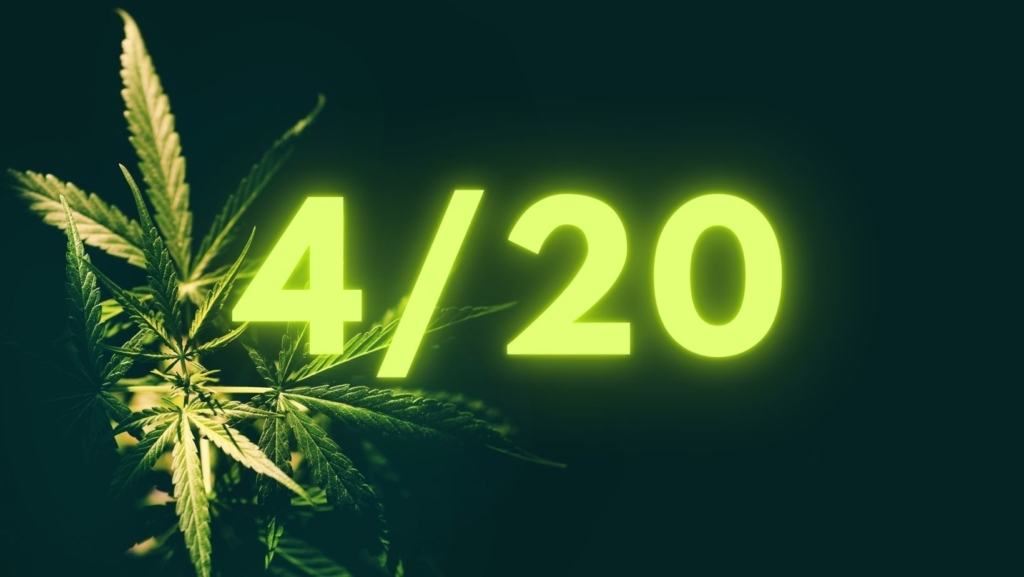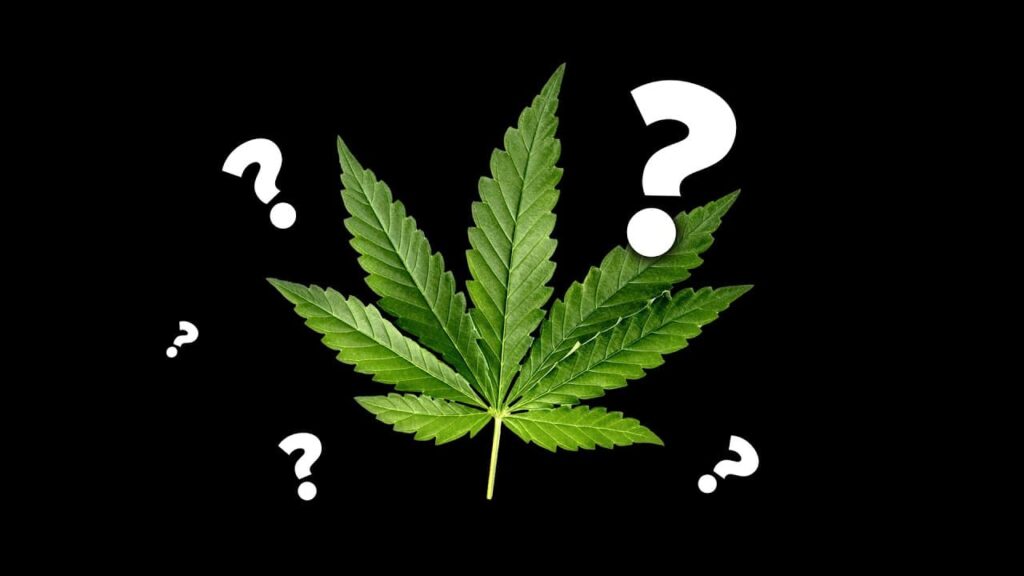
In recent years, there has been a growing interest in the benefits of hemp and its potential as a sustainable resource. As a result, many countries worldwide are exploring ways to regulate the production and use of hemp.
However, the regulation of hemp can vary greatly from country to country, with some nations taking a more progressive approach than others.
We will explore the various laws and regulations governing the cultivation, production, and sale of hemp in each country. By examining these regulatory frameworks, we hope to shed light on the benefits and challenges of hemp production and highlight the potential for more widespread adoption of this valuable resource.
In this blog, you will get to know about hemp regulation in progressive countries.
Italy: Leading the Way in Hemp Regulation
Italy has been at the forefront of hemp regulation in Europe. The country legalized hemp cultivation for industrial purposes in 2016, and in 2020, the Italian Supreme Court ruled that hemp is not a narcotic. This decision was a significant victory for the Italian hemp industry, which has long been advocating for greater legal clarity and recognition of the difference between hemp and cannabis.
Switzerland: A Liberal Approach to Hemp Regulation
Switzerland is another country that has taken a liberal approach to hemp regulation. The country legalized the cultivation and sale of low-THC cannabis products in 2011 and has since become a hub for the European hemp industry. Swiss farmers can cultivate cannabis plants that contain up to 1% THC, which is significantly higher than the 0.3% THC limit imposed in other countries.
The Netherlands: A Long History of Hemp Regulation
The Netherlands has a long history of regulating the cannabis industry and has been a pioneer in the field of medical cannabis research. The country legalised the sale of cannabis in coffee shops in 1976 and has since established a regulated cannabis supply chain that includes licensed cultivators, processors, and distributors. The country has also taken steps towards regulating the hemp industry and has created a legal framework for the cultivation and sale of low-THC hemp products.
United States
In the United States, hemp was legalised in 2018 under the Farm Bill, which removed it from the list of controlled substances. Since then, hemp cultivation and production have been regulated by the US Department of Agriculture. This has led to a surge in hemp production and investment in the US, with many farmers and businesses seeking to capitalise on the growing demand for hemp-derived products.
Canada
Canada legalised hemp cultivation in 1998, allowing farmers to grow industrial hemp for commercial purposes. Today, Canada is one of the world’s largest hemp producers, and its hemp industry continues to grow. The country has a favourable regulatory environment for hemp, which has helped to drive innovation and investment in the industry.
It is legal to grow hemp in Canada, but growers must have a license. Commercial hemp production in Canada is regulated and licensed by Health Canada.
Australia
Australia legalised hemp cultivation in 2017, allowing farmers to grow and produce hemp for industrial and commercial purposes. The country’s hemp industry is still in its infancy, but it has the potential to become a major player in the global market.
Industrial hemp with low levels of THC can be grown in Australia under a state government licence. According to legislation, the THC limit for hemp is 0.35% in Western Australia, Victoria, and Tasmania. In Queensland, New South Wales, and South Australia, the legal limit is 1%.
India: A Complex Regulatory Environment
India’s approach to hemp regulation is more complex than that of Italy, Switzerland, and the Netherlands. While the country has a long history of using hemp for a variety of purposes, the legal status of hemp remains somewhat unclear. India’s narcotics laws make no distinction between hemp and cannabis, which has created a climate of uncertainty and fear among those involved in the industry.
In recent years, the Indian government has taken some steps towards regulating the hemp industry more effectively. In 2018, the Ministry of Textiles issued guidelines for the cultivation of hemp for industrial purposes. The guidelines specify that hemp must contain less than 0.3% THC, and the state government must licence that cultivation.
However, the legal status of hemp in India remains uncertain, and there have been cases where farmers and entrepreneurs involved in the industry have been arrested and prosecuted for violating narcotics laws.
Comparing the Approaches
Italy has been at the forefront of hemp regulation in Europe. The country legalized hemp cultivation for industrial purposes in 2016, and in 2020, the Italian Supreme Court ruled that hemp is not a narcotic. This decision was a significant victory for the Italian hemp industry, which has long been advocating for greater legal clarity and recognition of the difference between hemp and cannabis.
Italy, Switzerland, the Netherlands and other mentioned countries have taken a more progressive and liberal approach to hemp regulation, and have created legal frameworks that recognise the distinction between hemp and cannabis. These countries have positioned themselves as leaders in the hemp industry, and have attracted significant investment and growth in the sector.
India’s regulatory environment for hemp remains uncertain, but the country has made some progress towards recognizing the difference between hemp and cannabis. The guidelines issued by the Ministry of Textiles in 2018 were a positive step forward, but there is still a need for greater legal clarity and recognition of the difference between hemp and cannabis.
Conclusion
Italy, Switzerland, and the Netherlands (and several other countries) have created legal frameworks that recognise the distinction between hemp and cannabis, and have begun to position themselves as leaders in the hemp industry. India is yet to make some progress towards regulating the hemp industry effectively. There is still a need for greater legal clarity and recognition of the difference between hemp and cannabis.
As the hemp industry continues to grow and evolve, countries around the world will need to adapt their regulatory frameworks too.























